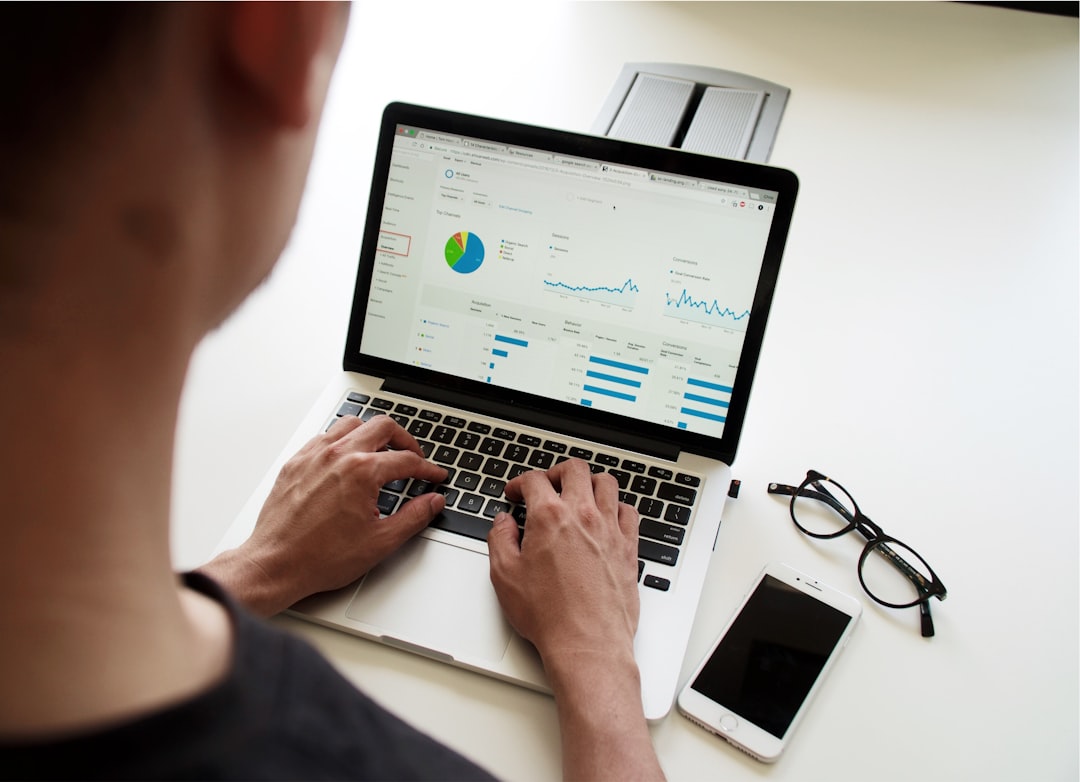
Top Economic Predictions for 2024: What to Expect
# Introduction. As we approach 2024, economists, analysts, and financial experts are closely scrutinizing data from various sectors to predict the upcoming economic landscape. The global economy has been shaped by multiple factors in recent years, including inflation rates, fiscal policies, geopolitical tensions, and the lingering effects of the pandemic. In this post, we delve into significant predictions for the year ahead, providing insights that can help businesses and individuals make informed decisions. # Global Economic Growth Projections. The International Monetary Fund (IMF) and the World Bank have projected modest global economic growth for 2024. After a turbulent period characterized by inflation and supply chain disruptions, economies are expected to stabilize. Notably, while advanced economies like the United States and those in the European Union will see slower growth, emerging markets are anticipated to accelerate, driven by increased demand and investment in infrastructure. Analysts predict that countries in Asia, particularly India and Southeast Asia, will experience significant growth due to their robust consumption patterns and young labor forces. This dichotomy between advanced and emerging markets implies that financial strategies might differ significantly across different regions. # Inflation Trends and Their Impact. Inflation rates have dominated headlines worldwide, with many central banks responding with interest rate hikes to curb rising prices. In 2024, experts forecast a gradual easing of inflation as supply chains improved and commodity prices stabilize. However, lingering pressures from increased labor costs and heightened consumer demand could contribute to a continued, albeit slower, rise in prices. Businesses will need to reassess pricing strategies in light of these economic predictions. Firms in sectors heavily affected by inflation, such as food and energy, may still experience variability in pricing. Consequently, businesses should consider strategic cost management and may want to investigate hedging options to manage potential risks associated with price fluctuations. # Employment and Labor Market Dynamics. The labor market has undergone significant transformation due to the pandemic and the rapid digitization of various sectors. In 2024, the focus will likely shift towards cultivating a skilled workforce, with an emphasis on employee well-being and workplace flexibility. Many organizations will continue to embrace remote and hybrid working models, attracting talent from broader locations. Additionally, concerning trends such as the ‘great resignation’ may persist, leading companies to invest more in employee retention strategies. As the demand for certain skills, especially in technology and healthcare, remains high, businesses might have to contend with not only attracting new talent but also retaining existing employees. A focus on employee engagement and career development will be crucial. # Financial Markets and Investment Opportunities. In 2024, financial markets are expected to see increased volatility as investors respond to the ongoing geopolitical tensions and uncertainties surrounding central bank policies. However, the concentration on sustainable and socially responsible investments is likely to shape market trends, with ESG (Environmental, Social, Governance) investments becoming more mainstream. Investors may shift towards sectors aligned with sustainability, including renewable energy and green technologies, which are projected to gain momentum as governments ramp up efforts to combat climate change. Additionally, technology-driven sectors are predicted to continue growing, with further advancements in artificial intelligence and automation reshaping the economic landscape. # Geopolitical Trends Shaping Economic Decisions. Geopolitical tensions, particularly between major powers like the United States and China, will undoubtedly impact economic decisions in 2024. The ongoing conflict in Ukraine, along with trade disputes, could result in market uncertainties, prompting investors to seek safe-haven assets. Furthermore, shifts in trade policies and regulations can lead to new alliances and economic partnerships, particularly in regions such as Asia and Africa. Companies looking to expand their operations or investments internationally should be aware of these changing geopolitical dynamics and adopt flexible strategies that can adapt to an ever-evolving landscape. # Conclusion. As we look ahead to 2024, the economic horizon presents a mixed bag of opportunities and challenges. Businesses must remain nimble and proactive, relying on sound research and reliable forecasts to navigate the complexities of the global economy. Embracing innovation, investing in talent, and aligning strategies with emerging trends will be essential for thriving in this anticipated economic environment. By recognizing the interconnectedness of global markets and adapting accordingly, businesses and individuals can strategically position themselves for success in the year ahead. .








